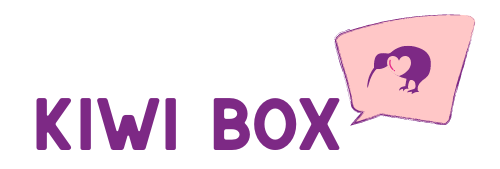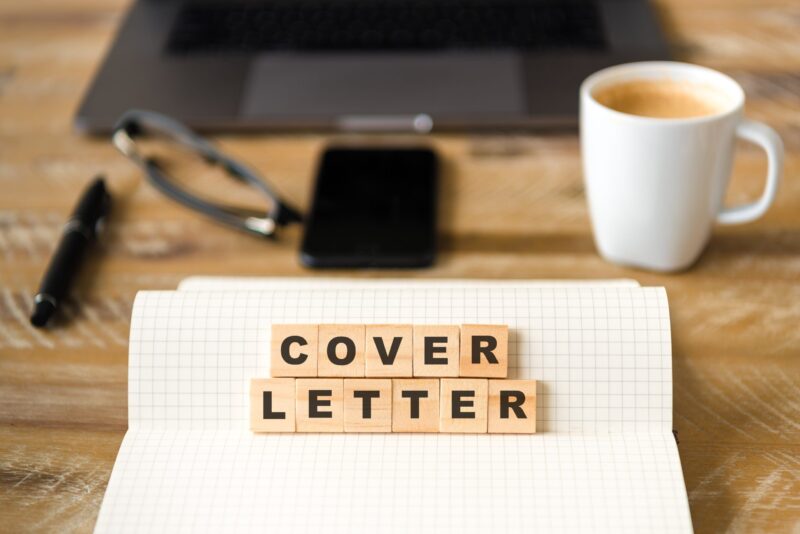When people search for an easier way to create a cover letter, what they’re really asking for is speed and professionalism without losing the personal touch.
The right custom cover letter maker saves time, eases the stress of staring at a blank page, and helps you produce something that feels sharp and tailored.
This guide will walk you through why these tools matter, how to choose one, and the right way to use them so your letters still feel personal and persuasive.
Why a tailored cover letter still matters

Even in 2025, skipping the cover letter is risky. Studies show that 94% of hiring managers still consider cover letters influential when deciding who to interview. It’s where you can frame your experience, explain gaps, and show genuine interest – things a resume can’t.
The challenge is that personalization takes time. That’s where a generator makes sense: it provides a ready framework while leaving room for your story. Instead of feeling mechanical, a good maker ensures you sound more like yourself, not less.
According to Harvard Business Review, nearly three-quarters of managers read cover letters even if they’re not required. That means it’s often your hidden edge in a competitive pool.
Choosing the right tool

A cover letter maker should simplify the process, but not box you in. Look for one that balances structured templates with enough flexibility for personal edits.
For instance, this site could be helpful, as it lets you quickly generate a professional letter while still leaving room to personalize your story.
Tools that include tone adjustment sliders are especially useful: they let you switch from formal to conversational depending on the company’s culture.
Another valuable feature is editable placeholders, which allow you to drop in real achievements or numbers quickly.
The result? You avoid generic filler while still cutting drafting time in half. With each letter, your confidence grows because you see your words become sharper, more polished, and better aligned with what hiring managers expect.
| Key Feature | Why It Helps | Quick Check |
|---|---|---|
| Tone control | Matches company style | Try formal vs. casual |
| Editable fields | Easy personalization | Test with metrics |
| Preview mode | Avoids awkward flow | Adjust live sentences |
Getting the most from a generator
The danger with templates is falling into sameness. That’s why the workflow matters as much as the tool. Begin with a base template, but pause to rewrite the opening and closing in your own voice. The introduction, especially, should highlight enthusiasm for the role or reference something specific about the company.
Once the draft is ready, refine it: replace placeholders, add a short achievement with measurable impact, and make sure each paragraph flows into the next. Finally, export in the format the company prefers, often PDF for formal settings, Word or plain text for applicant tracking systems.
“Your resume shows what you’ve done. Your cover letter shows who you are.”
, Hiring manager interviewed in Forbes Careers
This balance of tool in combination with human edit ensures the letter feels authentic rather than canned.
Common mistakes to avoid

Many applicants rely too heavily on whatever the generator outputs and forget the basics. One mistake is sending the letter without adjusting placeholders, something that immediately signals carelessness. Another is repeating entire chunks of the resume, which defeats the purpose of having a separate document.
Clichés also weaken your message. If your draft says “dynamic go-getter,” delete it and replace with a specific example: “led a three-month campaign that grew engagement by 30%.” Transition sentences are equally important; without them, your points read like disjointed notes instead of a narrative.
A good practice is to read the letter aloud. If it flows naturally, it’s ready. If it sounds robotic, add context or rephrase. The goal is always the same: a letter that feels written for this job, right now.
Tricks that make your letter stand out
Practical adjustments can quickly lift your letter above average. A strong tactic is to open with a brief anecdote or project win that relates directly to the role. It’s more memorable than the standard “I am writing to apply.”
Another approach is to weave in numbers. Hiring managers consistently say metrics make a candidate’s impact tangible. For example: “Reduced processing time by 15% across two departments.”
Mirror some of the company’s own language, without parroting. If they emphasize collaboration, show how you worked across teams; if they value innovation, describe a creative solution you delivered.
In a 2025 ResumeGenius survey, 72% of recruiters said they look for specific tailoring in cover letters. Generic phrasing isn’t just bland, it can actively hurt your chances.
When manual effort beats automation

There are cases where the generator draft isn’t enough. High-profile roles, jobs in creative industries, or applications with complex histories often need more of your voice. In these scenarios, use the tool as scaffolding: it gives you a structure, but the bulk of the writing should be yours.
Think of it like using a map. The tool sets the route, but you decide where to stop, what detour to take, and which landmarks to emphasize. Especially if you’re addressing career pivots or gaps, your ability to frame the story is more important than the template’s polish.
By choosing wisely when to rely on automation versus when to take the wheel, your applications feel both efficient and personal.
Making it part of your routine
The best way to avoid burnout is to systematize cover letter writing. Keep a small file with your major achievements and measurable outcomes. This becomes a resource you can drop into letters quickly. Maintain a base draft that captures your overall career story, and then adapt one paragraph for each role to reference something unique about that company.
Another smart move is setting a time limit: aim to finish a tailored letter in under 20 minutes once your base is solid. Over time, you’ll notice patterns, phrases that consistently resonate, metrics that impress, and closings that earn callbacks. That’s how you refine your letters without reinventing the wheel each time.
The result is a process that’s fast, reliable, and still deeply personal.
Closing thoughts
An easy custom cover letter maker isn’t a shortcut to mediocrity; it’s a way to focus your energy where it matters most, your story. The right tool provides structure and flow, but your edits supply personality and relevance.
By balancing efficiency with authenticity, you create letters that read as both professional and human. Used well, these tools can turn a once dreaded task into a confidence-building advantage that moves your application to the top of the pile.

